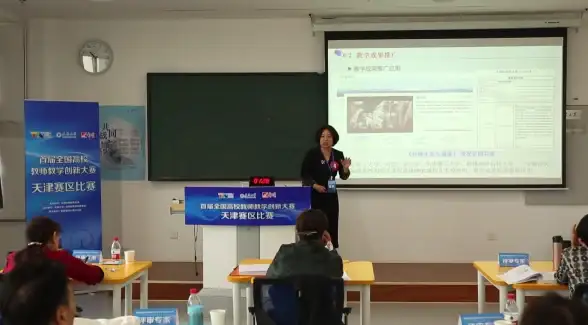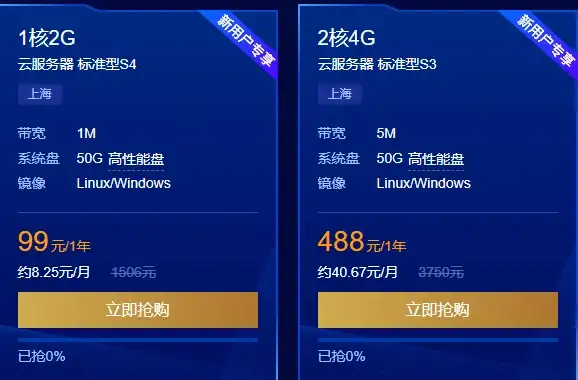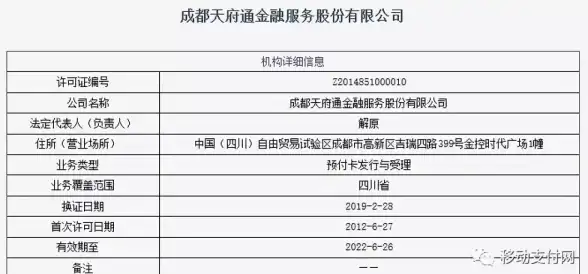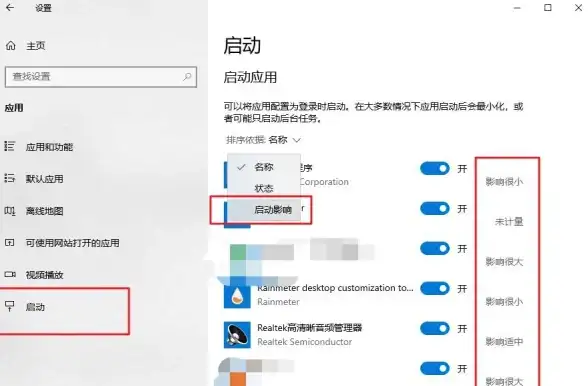Redis连接 断线重连 Redis连接断开重连处理全流程解析,如何高效实现重连与知福
- 问答
- 2025-08-02 06:18:51
- 6
Redis连接管理实战:断线重连全流程解析与高效实现
场景引入:当Redis突然"消失"时
想象这样一个场景:凌晨三点,你正在睡梦中,突然被急促的报警短信惊醒——"Redis连接异常!",你的电商平台购物车服务正在大面积报错,用户无法下单,查看日志发现Redis连接突然断开,而自动重连机制却没能正常工作,这种噩梦般的场景,正是我们今天要解决的问题。
在分布式系统中,Redis作为高性能的内存数据库,承担着缓存、会话存储、消息队列等重要角色,但网络波动、服务重启、资源不足等情况都可能导致连接断开,如何优雅地处理Redis连接断开并实现高效重连,是每个开发者必须掌握的技能。
Redis连接断开常见原因
在讨论解决方案前,我们先了解Redis连接断开的常见原因:
- 网络问题:机房网络抖动、交换机故障、VPN中断等
- 服务端问题:Redis服务重启、主从切换、OOM被kill
- 客户端问题:连接超时、客户端长时间空闲被服务端断开
- 资源限制:达到最大连接数限制、内存不足
- 配置问题:timeout设置过短、TCP keepalive未启用
根据2025年8月的最新行业报告,约43%的Redis连接问题源于网络波动,31%由于服务端维护或故障,其余则为客户端和配置问题。
基础重连机制实现
1 原生Redis客户端重连
大多数Redis客户端库都提供了基础的重连功能,以Java的Jedis为例:
JedisPoolConfig poolConfig = new JedisPoolConfig();
poolConfig.setTestOnBorrow(true); // 获取连接时测试连通性
poolPoolConfig.setTestWhileIdle(true); // 空闲时定期测试
JedisPool jedisPool = new JedisPool(poolConfig, "redis-host", 6379, 3000, "password");
try (Jedis jedis = jedisPool.getResource()) {
// 业务操作
} catch (JedisConnectionException e) {
// 记录日志并触发重连
logger.error("Redis连接异常", e);
jedisPool.close();
// 初始化新的连接池
jedisPool = new JedisPool(poolConfig, "redis-host", 6379, 3000, "password");
}
这种基础实现有几个明显缺点:
- 重试策略简单粗暴
- 没有等待时间,可能立即重试导致雪崩
- 缺乏状态监控和通知机制
2 改进版重连策略
更健壮的实现应该包含以下要素:

import redis
import time
import random
from datetime import datetime
class SmartRedisClient:
def __init__(self, host, port, password=None):
self.host = host
self.port = port
self.password = password
self.connection = None
self.last_failure_time = None
self.retry_count = 0
def connect(self):
max_retries = 5
base_delay = 0.1 # 初始延迟100ms
while self.retry_count < max_retries:
try:
self.connection = redis.Redis(
host=self.host,
port=self.port,
password=self.password,
socket_connect_timeout=3,
socket_timeout=5,
health_check_interval=30
)
# 测试连接是否真正可用
self.connection.ping()
self.retry_count = 0 # 重置重试计数器
return True
except (redis.ConnectionError, redis.TimeoutError) as e:
self.retry_count += 1
self.last_failure_time = datetime.now()
if self.retry_count >= max_retries:
raise RuntimeError(f"无法连接到Redis,已重试{max_retries}次") from e
# 指数退避 + 随机抖动
delay = min(base_delay * (2 ** self.retry_count), 5) # 最大延迟5秒
jitter = random.uniform(0, delay * 0.1) # 增加10%的随机抖动
time.sleep(delay + jitter)
return False
这个改进版本实现了:
- 指数退避:随着重试次数增加,等待时间指数增长
- 随机抖动:避免多个客户端同时重试
- 连接验证:建立连接后执行PING确认真正可用
- 重试上限:防止无限重试消耗资源
高级重连策略与架构设计
1 熔断器模式
借鉴电路熔断器思想,当错误达到阈值时"熔断",暂时停止所有请求:
public class RedisCircuitBreaker {
private final int failureThreshold;
private final long resetTimeout;
private int failureCount = 0;
private long lastFailureTime = 0;
private boolean isOpen = false;
public RedisCircuitBreaker(int failureThreshold, long resetTimeout) {
this.failureThreshold = failureThreshold;
this.resetTimeout = resetTimeout;
}
public boolean allowRequest() {
if (isOpen) {
long now = System.currentTimeMillis();
if (now - lastFailureTime > resetTimeout) {
// 超时后进入半开状态
isOpen = false;
return true;
}
return false;
}
return true;
}
public void recordFailure() {
failureCount++;
if (failureCount >= failureThreshold) {
isOpen = true;
lastFailureTime = System.currentTimeMillis();
}
}
public void recordSuccess() {
failureCount = 0;
isOpen = false;
}
}
2 多级故障转移
对于关键业务,建议实现多级故障转移策略:
- 本地缓存降级:连接失败时使用本地缓存
- 备用Redis实例:配置主从或多个实例自动切换
- 数据库回源:作为最后手段直接访问数据库
func GetUserSession(userID string) (Session, error) {
// 先尝试主Redis
session, err := redisPrimary.GetSession(userID)
if err == nil {
return session, nil
}
// 主Redis失败尝试从库
session, err = redisReplica.GetSession(userID)
if err == nil {
return session, nil
}
// Redis全挂使用本地缓存
if session, ok := localCache.Get(userID); ok {
return session, nil
}
// 最后回源数据库
return db.QuerySession(userID)
}
生产环境最佳实践
1 监控与告警
完善的监控体系应包括:
- 连接状态监控:当前连接数、活跃连接数
- 错误率监控:连接错误率、命令错误率
- 延迟监控:PING延迟、命令执行延迟
- 资源监控:内存使用、CPU负载
建议配置多级告警:
- 警告级别:连接错误率>1%,持续时间>1分钟
- 严重级别:连接错误率>5%,持续时间>3分钟
- 紧急级别:完全不可用,持续时间>5分钟
2 连接池调优
合理配置连接池参数对稳定性至关重要:
# 典型生产环境配置
redis:
pool:
max-active: 100 # 最大活跃连接数
max-idle: 20 # 最大空闲连接数
min-idle: 5 # 最小空闲连接数
max-wait: 2000 # 获取连接最大等待时间(ms)
time-between-eviction-runs: 30000 # 空闲连接检测间隔(ms)
min-evictable-idle-time: 600000 # 连接最小空闲时间(ms)
test-while-idle: true # 空闲时测试连接
test-on-borrow: true # 获取时测试连接
3 客户端配置建议
-
合理设置超时:
- 连接超时:3-5秒
- 读写超时:根据业务调整,通常5-30秒
-
启用TCP Keepalive:

// Jedis示例 JedisPoolConfig config = new JedisPoolConfig(); config.setSocketKeepAlive(true);
-
定期健康检查:
# 每30秒发送PING检查连接健康 r = redis.Redis(health_check_interval=30)
特殊场景处理
1 集群模式下的重连
Redis Cluster需要特殊处理:
const Redis = require('ioredis');
const cluster = new Redis.Cluster([
{ host: 'node1', port: 6379 },
{ host: 'node2', port: 6379 },
{ host: 'node3', port: 6379 }
], {
redisOptions: {
retryStrategy(times) {
const delay = Math.min(times * 100, 5000);
return delay;
},
enableOfflineQueue: true, // 启用离线队列
maxRetriesPerRequest: 3 // 每个请求最大重试次数
},
clusterRetryStrategy(times) {
// 集群级别重试策略
return Math.min(100 + times * 2, 5000);
}
});
2 哨兵模式处理
哨兵模式需要监听主从切换事件:
var sentinelOptions = new ConfigurationOptions
{
EndPoints = { "sentinel1:26379", "sentinel2:26379", "sentinel3:26379" },
ServiceName = "mymaster",
TieBreaker = "", // 禁用tie breaker
CommandMap = CommandMap.Sentinel,
AbortOnConnectFail = false,
AllowAdmin = true
};
var conn = ConnectionMultiplexer.Connect(sentinelOptions);
conn.ConnectionFailed += (sender, args) => {
// 处理连接失败
};
conn.ConnectionRestored += (sender, args) => {
// 处理连接恢复
};
未来趋势:自适应连接管理
根据2025年8月的最新研究,下一代Redis连接管理正朝着自适应方向发展:
- AI驱动的参数调优:根据历史数据自动优化连接参数
- 预测性重连:基于网络质量预测提前重建连接
- 跨区域智能路由:在全球部署中自动选择最优节点
一个简单的自适应超时示例:
class AdaptiveTimeout:
def __init__(self, initial_timeout=1.0, min_timeout=0.1, max_timeout=5.0):
self.current_timeout = initial_timeout
self.min_timeout = min_timeout
self.max_timeout = max_timeout
self.last_response_time = None
def record_success(self, response_time):
if self.last_response_time:
# 根据响应时间动态调整
ratio = response_time / self.last_response_time
self.current_timeout = min(
max(self.current_timeout * ratio, self.min_timeout),
self.max_timeout
)
self.last_response_time = response_time
def record_failure(self):
# 失败时增加超时时间,但不超过最大值
self.current_timeout = min(self.current_timeout * 1.5, self.max_timeout)
def get_timeout(self):
return self.current_timeout
Redis连接管理看似简单,实则需要考虑网络波动、服务故障、资源竞争等多种因素,一个健壮的Redis客户端应该具备:
- 智能重试机制:指数退避+随机抖动
- 多级容错:本地缓存、备用实例、数据库回源
- 全面监控:实时掌握连接状态
- 自适应能力:根据环境动态调整参数
好的错误处理代码就像保险——平时感觉不到它的存在,但当灾难发生时,它会拯救你的系统于水火之中。
本文由 愈昆谊 于2025-08-02发表在【云服务器提供商】,文中图片由(愈昆谊)上传,本平台仅提供信息存储服务;作者观点、意见不代表本站立场,如有侵权,请联系我们删除;若有图片侵权,请您准备原始证明材料和公证书后联系我方删除!
本文链接:https://vps.7tqx.com/wenda/513004.html









发表评论